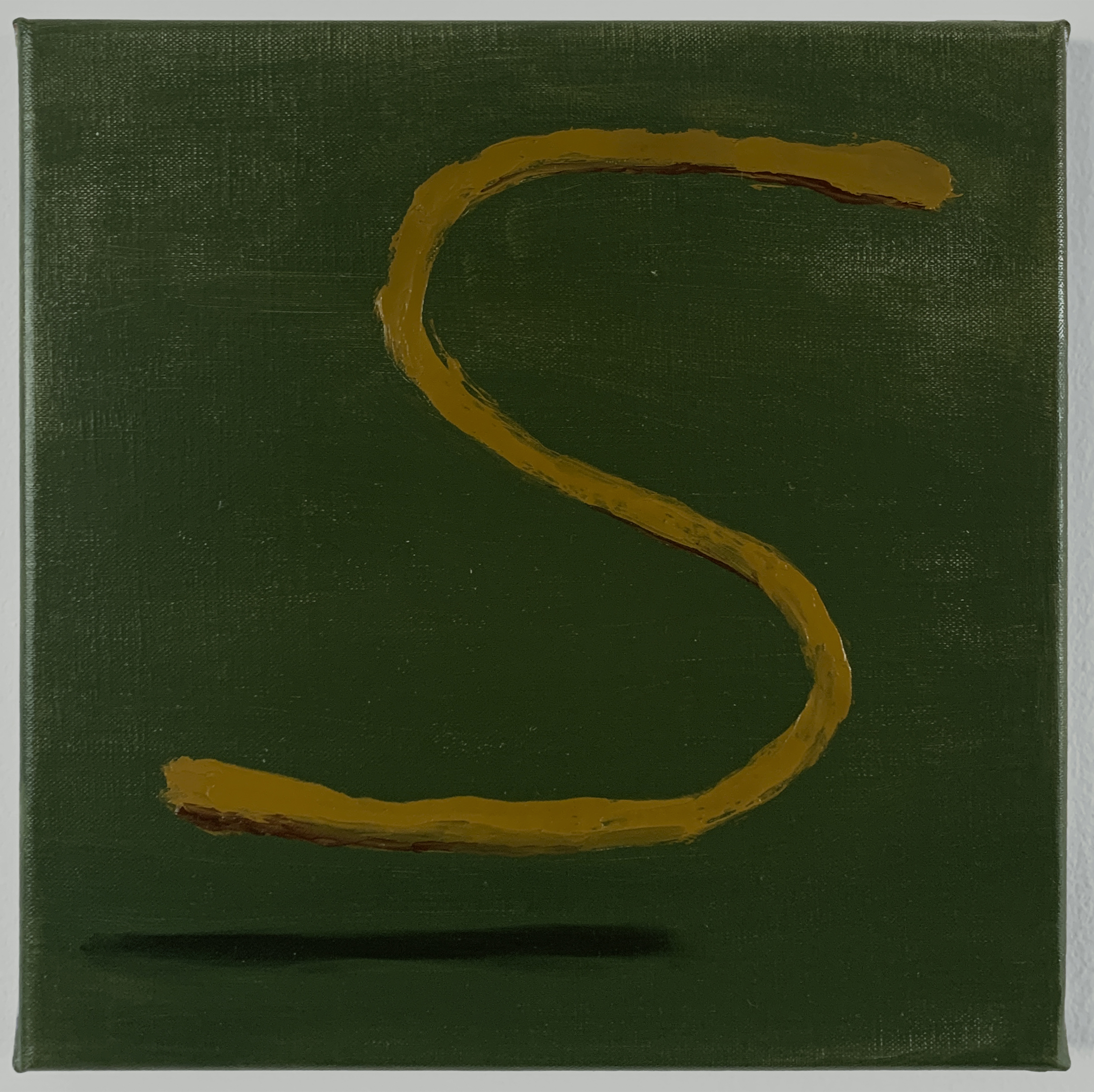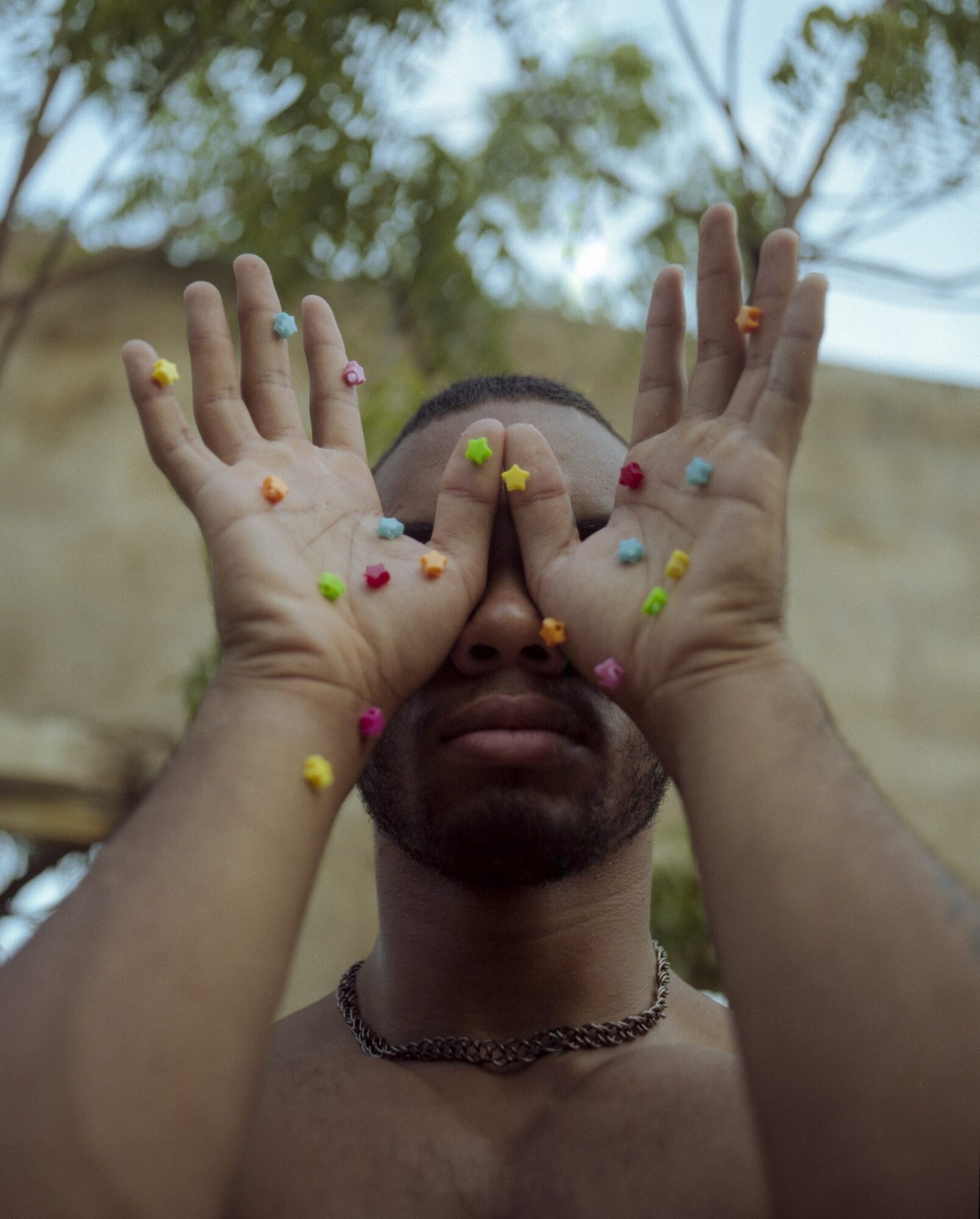Josilda da Conceição Gallery is pleased to present the duo exhibition a comet, a rock, a dog, a house by Brazilian artist Pedro Kastelijns (1997) and Dutch artist Vincent Verhoef (1982).
We invite you to join us for the opening on Saturday, March 4, 4-7pm.

Kastelijns will show recent works that are part of his ongoing research around the polyhedric meaning of brick walls. His paintings often start with laying a grid, like the grid of a brick wall, on the paper: each grid has different color intervals and is rhythmically layered with line work, messy paint, controlled accidents, camouflaged cartoonish characters and other objects. Like this, he records on paper one mark after the other, similarly to how recordings of anonymous passers-by, such as a kid’s drawing, a poster and a tag can amalgamate and layer up to create new compositions on a city wall. The result is awkward, uncertain, dubious and contrasting compositions that come together through sensitive and sneaky layering fluctuating between improvisation and meticulous execution, pure chaos and utmost care. Manivelais a recurrent character in Kastelijns’ works, appearing for instance in Rocks & rocks & rocks & rocks…/Manivela.Thecharacter takes the shape of a hand decorated by a brick pattern holding a spoon carrying a candle. Manivela, in its effort to navigate life, carries the experiences of migrating from Brazil to the Netherlands, of finding a path, of structuring and standing alone, like a brick wall, but also of playing and molding the reality around him.
Verhoef presents a series of paintings examining objects and geographies from daily life placed in juxtaposition to the larger realm of the night sky and celestial bodies. In one of the paintings in the exhibition titled Messier 51 a spiral galaxy is superimposed on a shirt suggesting a possible correspondence between a galaxy and an everyday item. Objects belonging to the artist, or coming from his close surroundings, form the pretext to tackle the subjects that are dear to him: the secrecy of the stars, chance and causality, history and its imagination. The latter is explored in the painting The birth house of Joan of Arc where we can see a reduced representation of the facade of the house where the patron saint was born. Allegedly acting under divine guidance, Joan of Arc transcended gender roles to become a military leader and a savior of France. Verhoef suggests a correspondence between the graphic shape of the house, located in the small village of Domrémy-la-Pucelle, and the remarkable life of its historical resident. Other works in the exhibition employ similar mechanisms to speculate about their subject matter, ranging from historical events, such as the passing of Halley’s comet in the year 1066, to the personal, such as the artists’ wristwatch.







